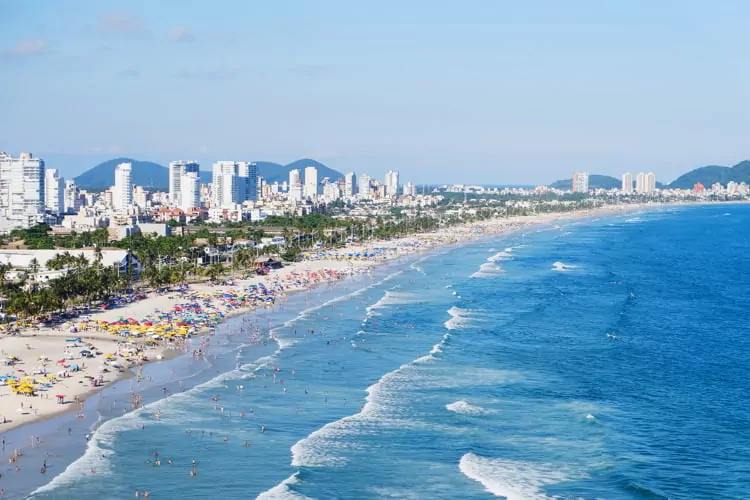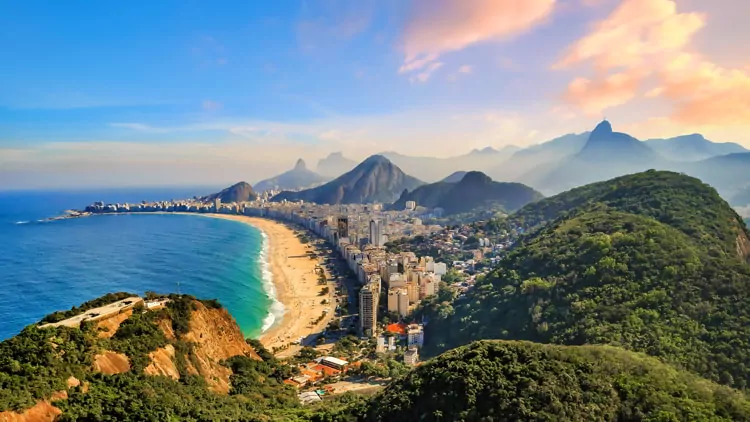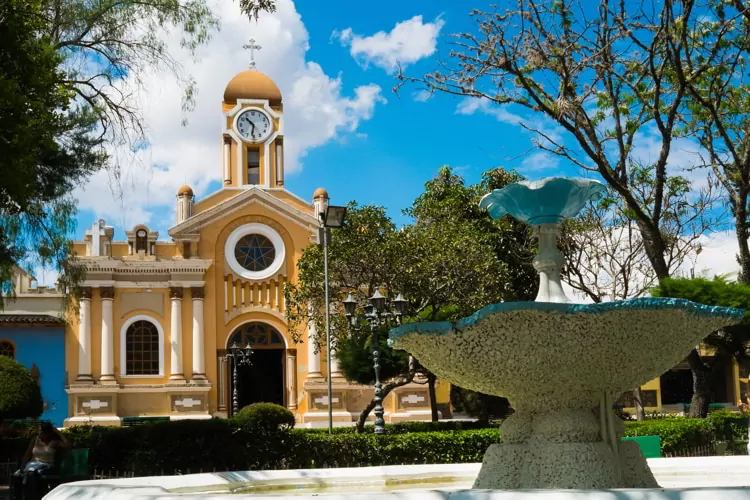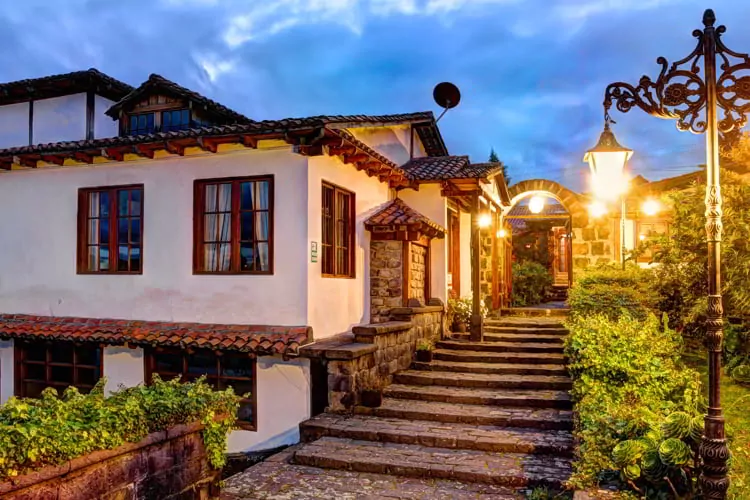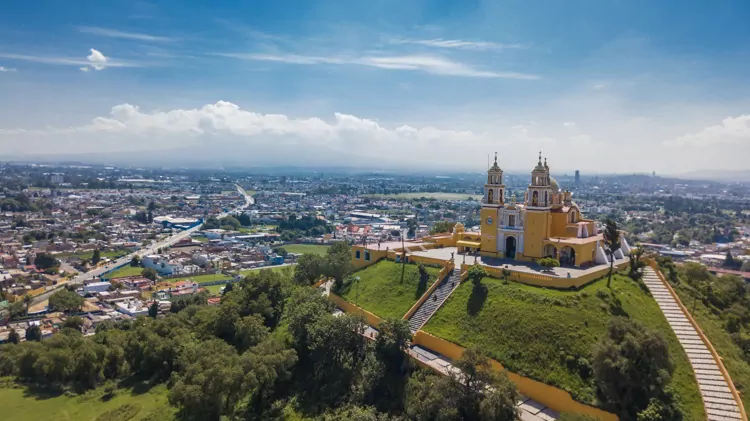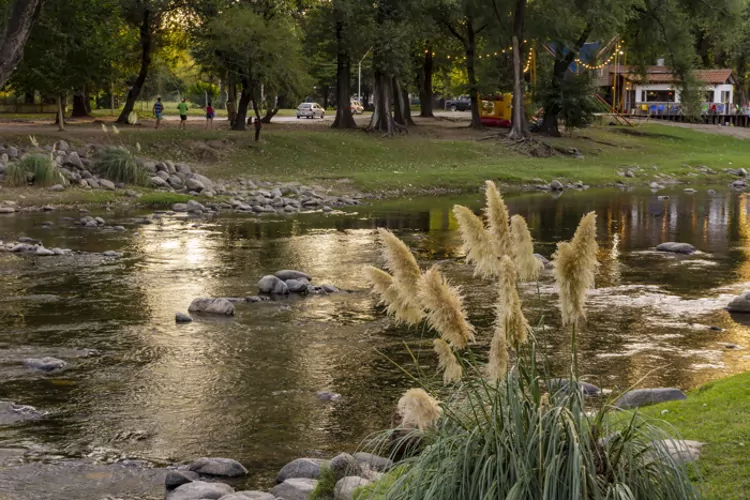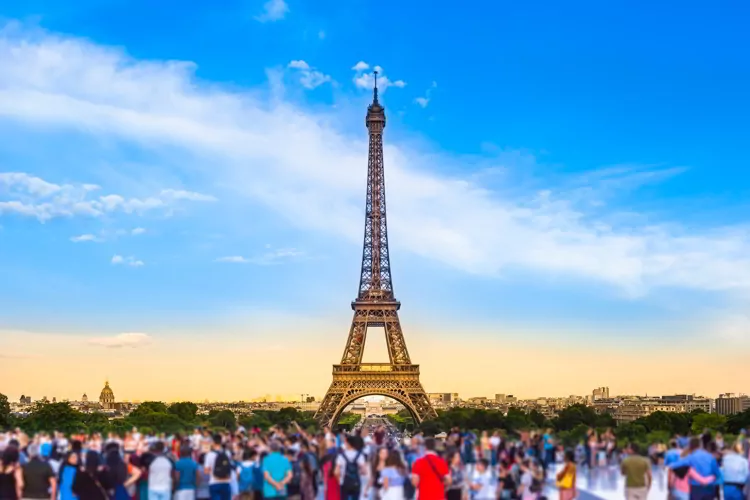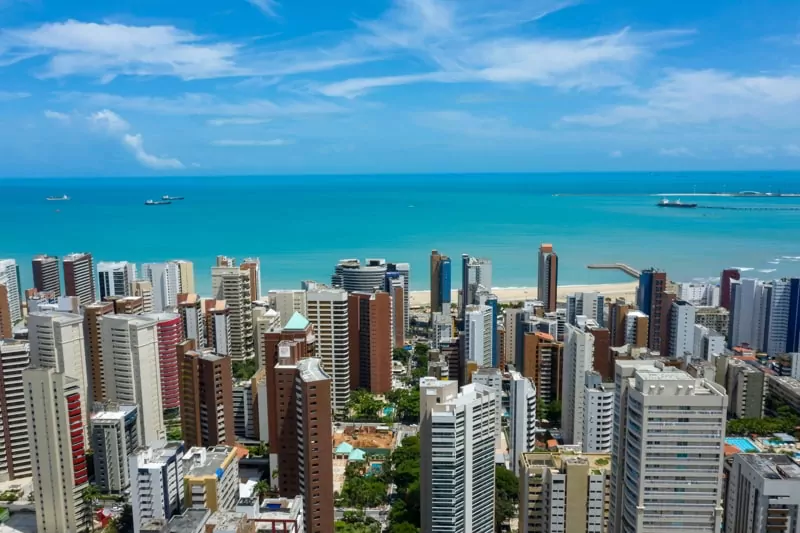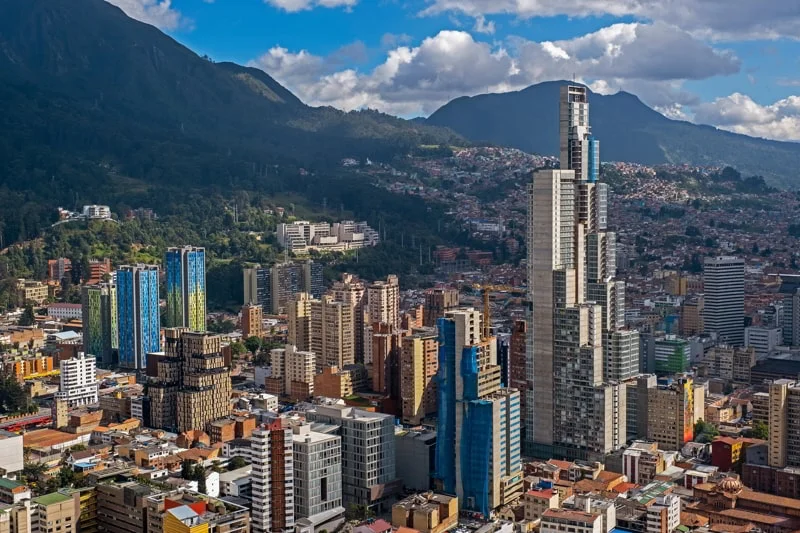South America
Finding and purchasing your dream home in the top locations of South America…
The continent of South America is also known as the southern subcontinent of the Americas. The entire landmass is located in the Western Hemisphere and mostly south of the equator. However, a few of the locations we recommend lie in the northern hemisphere including most of Colombia, a small portion of Brazil, and parts of Ecuador including Quito which straddles the equator itself.
Most of the continent is located in the tropics and the geography is dominated by the long Andes Mountain range and the Amazon River Basin. With lush jungles, wide rivers, coastal beachfront areas, and even vineyards you can find just about any natural setting you might want to explore.
South America is a perfect destination for many U.S. and Canadian expats since it lies in similar time zones and the northern-most countries are only a few hours away by air. Many major airlines serve the larger cities in South America where you’ll find modern airports and friendly locals.
Weather
The South American locations nearest the equator offer excellent year-round weather, especially those at higher elevations such as Quito, Ecuador and Medellín, Colombia. While in destinations like Santiago, Chile you can enjoy four seasons and snow is common in the highlands.
Language
Most countries in South America speak Spanish, while Brazil’s native language is Portuguese. If you can learn a little Spanish, you can travel around the continent without having to master several languages. You’ll find more English speakers in the larger cities depending on your country of choice, but you’ll need some Spanish in the smaller, more traditional villages.
Lifestyle
You can immerse yourself in the culture of Spanish-inspired, colonial towns that seem to be frozen in time, or marvel at the large, cosmopolitan cities with first-world infrastructure, public transportation, quality roads, drinkable water, and every convenience you are accustomed to “back home.”
If you are looking for an exceptional quality of life, at a reasonable cost of living, the amazing opportunities in South America are not to be missed.

